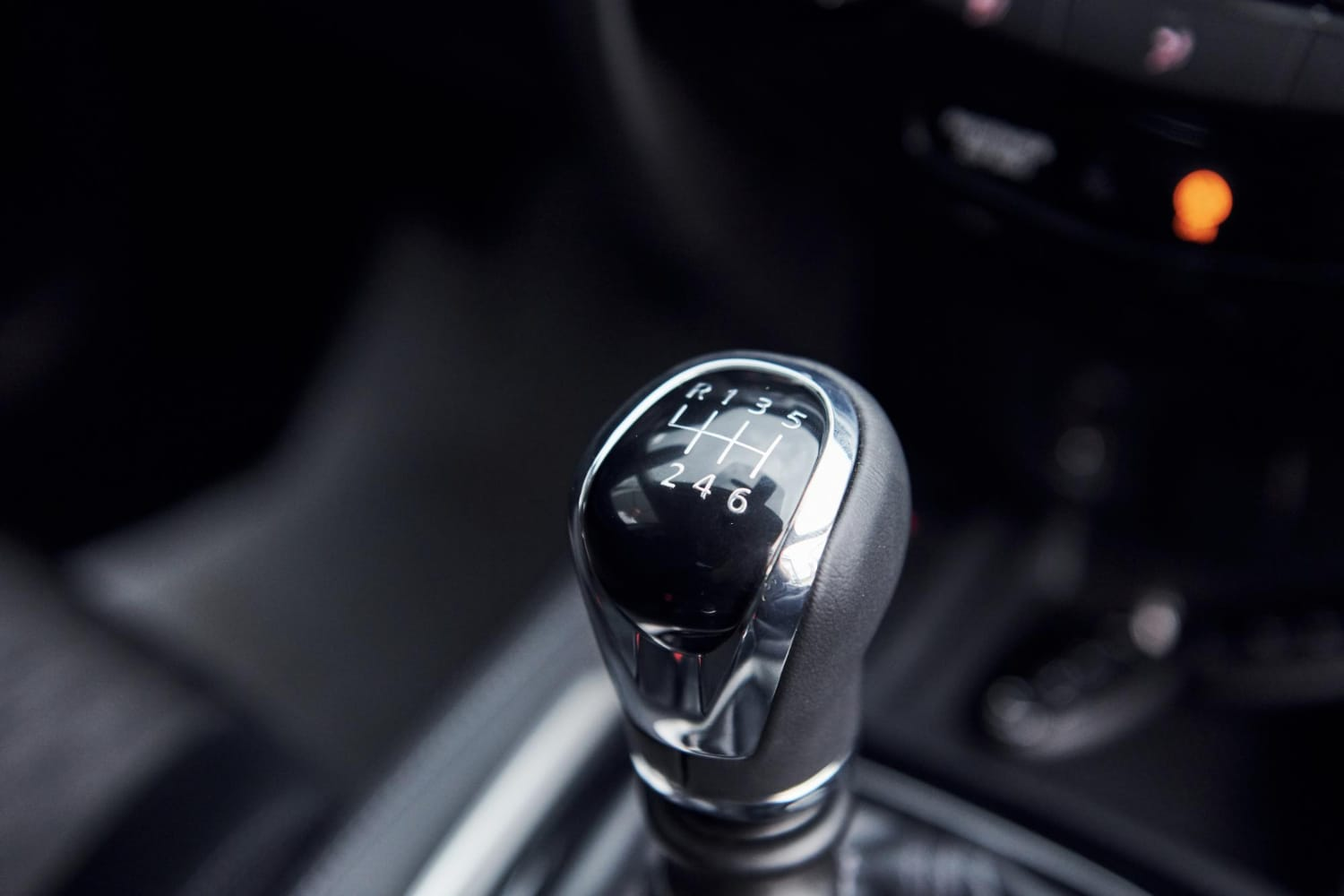
Off-road vehicles are engineered to conquer rugged landscapes and challenging terrain, offering unparalleled capability, durability, and versatility for outdoor enthusiasts, adventurers, and professionals alike. These vehicles are designed to withstand the rigors of off-road conditions while providing exceptional performance and comfort in environments where standard vehicles would struggle to navigate.

1. Robust Design and Construction:
Off-road vehicles feature rugged construction and durable components that enhance their ability to withstand rough terrain and challenging environmental conditions. Built on sturdy frames with reinforced suspension systems, high ground clearance, and protective underbody skid plates, these vehicles are equipped to handle uneven surfaces, rocks, mud, sand, and water crossings with confidence. Off-road tires with aggressive tread patterns provide superior traction and grip, ensuring stability and control on varied terrain.
2. All-Terrain Capability:
Off-road vehicles excel in all-terrain capability, offering multiple drivetrain options such as four-wheel drive (4WD) or all-wheel drive (AWD) systems that deliver power to all wheels simultaneously. This capability enhances traction and maneuverability, allowing off-road vehicles to navigate steep inclines, slippery surfaces, and challenging obstacles encountered in off-road environments. Some models may feature differential lockers, electronic traction control systems, and adjustable suspension settings that optimize performance based on specific terrain conditions.
3. Performance Enhancements:
Engineered for performance, off-road vehicles are equipped with powerful engines that provide ample torque and horsepower to conquer steep gradients and heavy payloads. Advanced off-road technologies such as hill descent control, crawl control, and terrain management systems further enhance capability by automatically adjusting throttle response, braking, and traction distribution to maintain control and stability in varying off-road conditions.

4. Comfort and Interior Features:
Despite their rugged capabilities, modern off-road vehicles prioritize passenger comfort and convenience with spacious interiors, supportive seating, and advanced infotainment systems. Ergonomically designed cabins may feature durable upholstery, weather-resistant materials, and ample storage options to accommodate gear and equipment essential for outdoor adventures. Climate control systems, heated seats, and panoramic sunroofs enhance comfort while adaptive cruise control and navigation systems provide convenience during long-distance travel.
5. Versatility and Utility:
Off-road vehicles are valued for their versatility, capable of serving multiple purposes from recreational off-roading to professional applications in industries such as agriculture, forestry, and emergency response. Their towing capacity, payload capability, and modular design allow for customization with accessories such as roof racks, winches, and off-road lighting that enhance functionality and utility in diverse off-road environments.
Choosing the Right Off-Road Vehicle:
When selecting an off-road vehicle, consider factors such as terrain requirements, towing capacity, payload capability, and desired features for comfort and convenience. Researching different models, consulting with experts, and test driving options can help determine which off-road vehicle best suits your specific needs and enhances your outdoor adventures or professional endeavors.
Conclusion:
Off-road vehicles embody capability, durability, and versatility, offering drivers the confidence to explore challenging terrain and embark on outdoor adventures with ease. Whether traversing rugged trails, navigating remote landscapes, or tackling demanding work environments, these vehicles combine robust engineering with advanced technology to deliver exceptional performance and comfort in the most challenging conditions. As off-road capabilities continue to evolve, off-road vehicles remain essential tools for enthusiasts and professionals seeking to conquer new horizons and embrace the thrill of off-road exploration.





